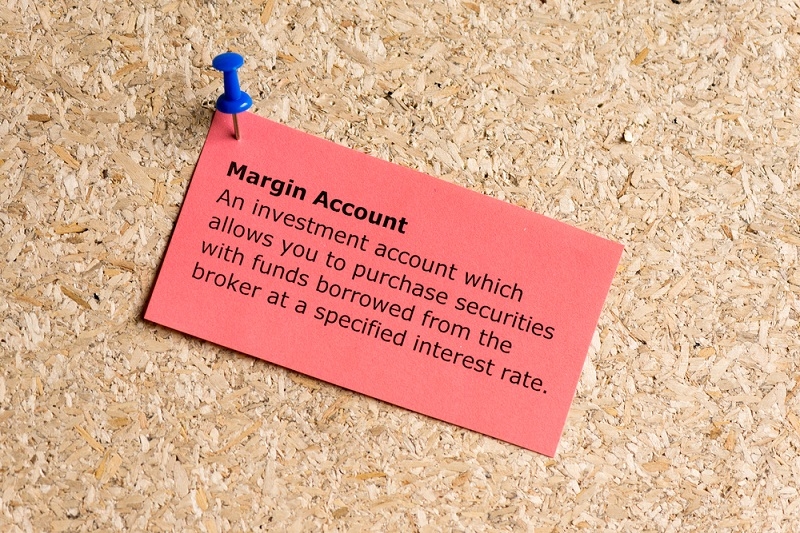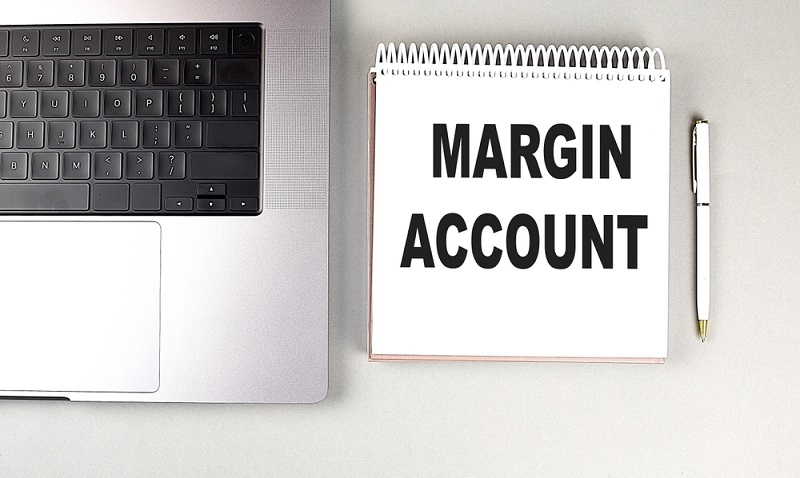
A margin account is one of the most effective tools for traders trying to increase their buying and selling functionality. Understanding how a margin account works assists you in making more intelligent, more knowledgeable investment choices while managing risk efficiently. In this margin account guide, we’ll offer examples of the cause of a margin account, a way to open one, and percentage-sensitive margin account examples that clarify how the borrowing rate range for purchasing and promoting operates. We’ll additionally touch on how a margin buying and promoting account differs from a regular cash account and how it can fit into your regular funding method.
A margin account allows shoppers to borrow a broker's money to buy securities. Essentially, you’re leveraging your current investments as collateral to shop for more assets than you can with cash. This borrowing electricity can beautify returns but may also boost risk, making it critical to understand how it works completely.
When you ask, What is a margin account, the only solution is that it’s a mortgage from your dealer for purchasing and promoting purposes. The broker makes use of your portfolio as collateral. For example, when you have $10,000 and the brokerage offers a 50% margin, you may buy up to $20,000 worth of securities. This leverage magnifies earnings even as markets push upward; however, it amplifies losses during downturns.
Read More: How to Diversify Your Investment Portfolio in a Smart Way?
A margin buying and selling account operates via a mixture of your personal capital and borrowed funds. The dealer charges interest at the borrowed rate, and you need to hold a minimum equity degree called the “upkeep margin.” If your account falls below that threshold, you’ll face a margin call, requiring you to deposit extra funds or sell property.
To recognize the mechanics better, let’s use smooth margin account examples:
These margin account examples spotlight why leverage may be an effective ally and a volatile tool, even if it is not managed accurately now.
The fundamental difference between a margin and a coin accounts lies in borrowing. A margin trading account permits borrowing to buy securities; a coin account calls for the full price in advance. While margin debts enable prominent positions and quicker trades, they introduce the chance of margin calls and higher prices.
For novices asking what a margin account is, it’s vital to remember that borrowing isn’t free. Broking fees are a day-to-day hobby, and that price can erode profits if trades are held for lengthy periods.

Knowing how to open a margin account is the first step toward using leverage responsibly. The technique typically includes:
Understanding how to open a margin account involves reviewing your dealer’s margin fee and evaluating how risk and risk align with your buying and selling goals.
Examining margin account examples ought to make the concept extra tangible. Consider a dealer with $20,000 in their margin account who borrows another $20,000 to buy $40,000 worth of inventory. If the stock rises by 10%, the dealer gains $4,000, a 20% move against their capital. But if the inventory drops 10%, they lose $4,000, or 20% of their fairness, not counting interest.
These margin account examples show how leverage multiplies effects. Always ensure you have a prevent-loss approach or set margin alerts collectively with your broking.
Margin accounts have some benefits, for example;
While the benefits are appealing, the risks require caution and scrutiny.
A margin buying and selling account consists of high-quality risks, including:
Understanding those trade-offs ensures accountable use of leverage.
Margin interest is the fee when borrowing money from a brokerage to shop for securities in a margin account. It’s the hobby charged at the cash you borrow to leverage your investments. The rate varies by means of dealer and account stability, and it accrues daily based on the borrowed amount.
For example, if you borrow $10,000 at an annual interest rate of 8%, you'll owe about $800 in interest for 300 and 65 days in the hobby, plus any compounding consequences. Understanding margin hobby is crucial because it can reduce ordinary funding returns if not controlled cautiously. Consider the prices instead of potential gains in advance, rather than using margin for buying and selling.
Recommended Article: Unlocking the Magic of Compound Interest for Wealth Growth
A margin account includes crucial thresholds:
When equity falls, the margin takes its place. Understanding margin necessities prevents pressured income and allows you to maintain your capital.
Managing your margin buying and selling account with discipline ensures long-term fulfillment.
Different buyers use margin in exceptional ways. Day shoppers can also leverage it for quick moves, while long-term shoppers could use it sparingly for diversification. For example, a skilled investor should use a margin account to shop for dividend-paying stocks and use dividends to offset interest.
In comparison, beginners asking what a margin account is need to prioritize learning over leverage. Understanding these differences permits tailoring techniques to a person's desires.
Responsible use will help ensure your margin account stays in a close range, without ruining your portfolio.
Understanding margin account fundamentals is essential for any investor considering leveraged trading. Knowing how margin works, the associated dangers, and hobby expenses allows you to make knowledgeable choices. By studying through clean examples and careful planning, you may use a margin account effectively to enhance your investment method while dealing with potential downsides responsibly.
This content was created by AI